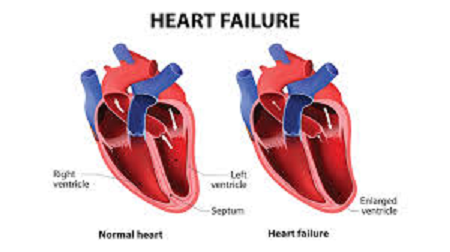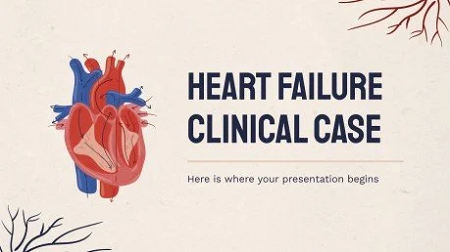Overview of Heart Weakness Cases:
A blockage that stops blood flow to the heart or brain is the primary Heart Weakness Cases of heart attacks and strokes, which are typically acute events. Therefore, the accumulation of fatty deposits on the inner walls of the blood arteries supplying the heart or brain is the most frequent cause of this. Although Strokes can caused as bleeding from a blood vessel in the brain or from blood clots.
Heart and blood vessel illnesses are collectively referred to as cardiovascular diseases (CVDs). Among them are:
- cerebrovascular illness, which affects the blood arteries supplying the brain; coronary heart disease, which affects the blood vessels supplying the heart muscle;
- A condition affecting the blood vessels supplying the arms and legs known as peripheral arterial disease;
- rheumatic heart disease, which brought on with streptococcal bacteria and results in damage to the heart’s muscle and valves;
- Deep vein thrombosis and pulmonary embolism conditions where blood clots in the veins of the legs can get dislodged and travel to the heart and lungs, as well as congenital heart disease.
- which is a birth defect that affects the normal development and functioning of the heart due to abnormalities of the heart structure from birth.
Factors for Cardiovascular Disease:
Unhealthy eating, sedentary lifestyles, tobacco use, and excessive alcohol use are the main behavioral risk factors for heart disease and stroke. Air pollution is one of the major environmental risk factors. Individuals may experience elevated blood pressure, elevated blood glucose, elevated blood lipids, and overweight or obesity as a result of behavioral risk factors. A higher risk of heart attack, stroke, heart failure, and other consequences is indicated by these “intermediate risk factors,” which can be assessed in primary care settings.
Additionally, there are several underlying factors that contribute to CVDs. Therefore, these reflect the main dynamics of urbanization, population aging, and globalization that are causing social, economic, and cultural change. However, hereditary factors, stress, and poverty are other determinants of CVDs.
In order to lower cardiovascular risk and prevent heart attacks and strokes in those who have diabetes, hypertension, or high blood lipids, medication treatment is also required.
Heart Weakness Disease Types
Types of heart disease include:
fatty deposits causing your heart’s blood arteries to narrow (coronary artery disease).
irregular heartbeats, called arrhythmias.
disorders of the heart valves.
cardiac muscle abnormality (cardiomyopathy).
Heart failure is characterized by heart squeezing and relaxation issues.
Congenital heart disease is a condition that affects your heart from birth.
Problems with the pericardium, the fluid-filled sac that surrounds your heart
Symptoms and Causes
Depending on what is wrong, you may experience a variety of heart disease symptoms. Symptoms of heart disease can include:
- palpitations, or a racing or pounding heart.
- sweating.
- dizziness.
- breathlessness.
- lightheadedness or abrupt, inexplicable unconsciousness.
- Pain, pressure, heaviness, or discomfort in the upper body or chest.
- discomfort in the neck.
- Indigestion or indigestion.
- vomiting or feeling queasy.
- your lower body swelling.
- fatigue.
- difficulty falling asleep.
- Inability to handle exercise.
- fever.
Congenital heart abnormalities that induce symptoms of heart disease
A cardiac ailment that exists from birth known as a congenital heart defect. Usually, severe congenital cardiac abnormalities discovered shortly after delivery. Children with congenital cardiac defects may exhibit the following symptoms:
Gray or blue skin. Therefore, these changes may be more or less noticeable depending on the hue of the skin.
enlargement of the legs, abdomen, or eye region.
Breathlessness during feedings might cause poor weight gain in infants.
It may not be possible to detect certain congenital cardiac problems until later in childhood or maturity. Symptoms could consist of:
experiencing severe dyspnea when exercising or engaging in other activities.
Easily fatigued with physical activity or exercise.
swelling of the ankles, feet, or hands.

